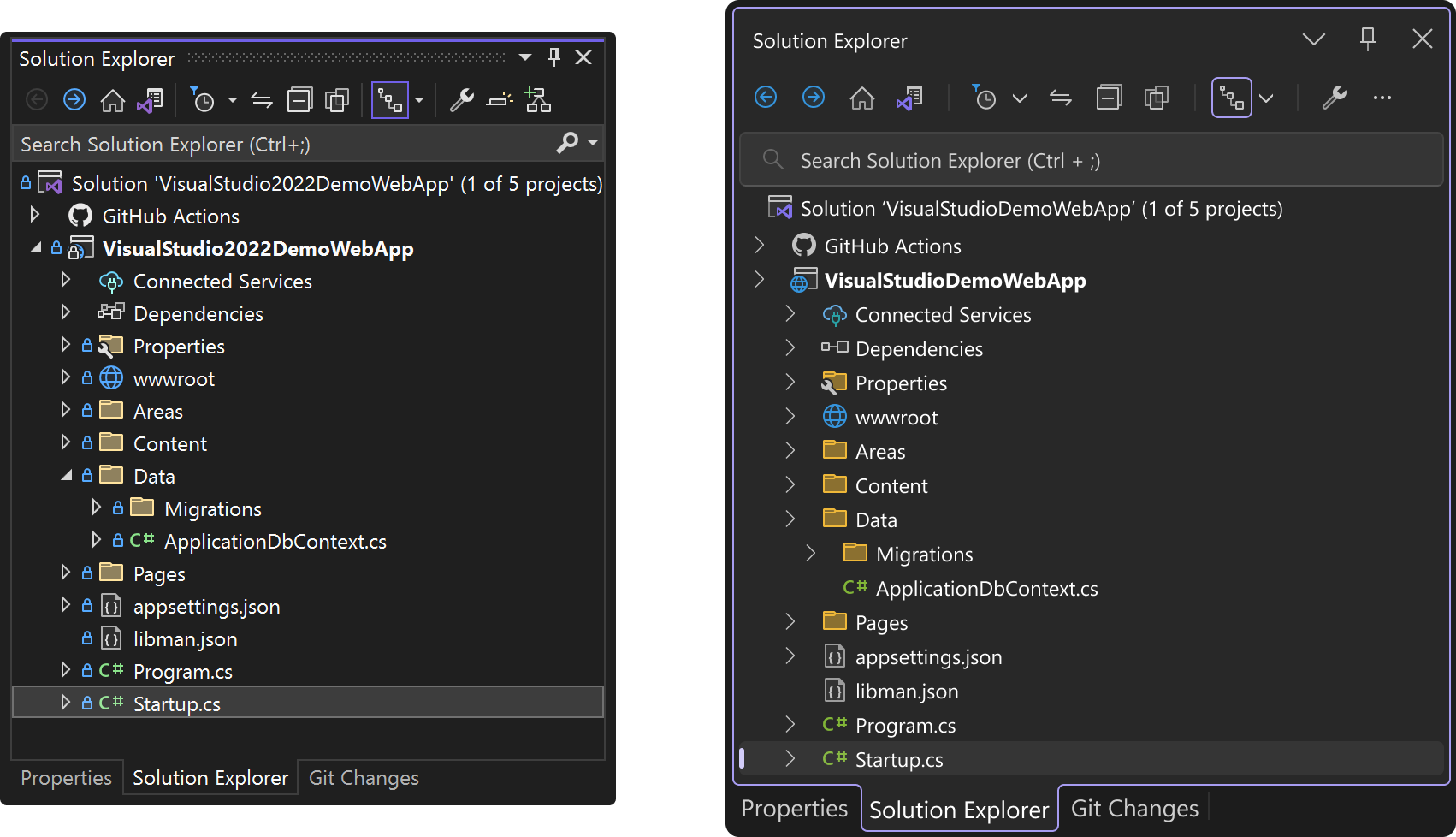Hot Reload in Windows Applications
In a previous post on the topic of hot reload I discussed using the CreateNewOnMetadataUpdate attribute to force updating of entire classes, rather than patching existing types. This makes hot reload more resilient but does require additional logic in order to apply the newly created types. In this post we’re going to walk through the … Read more
